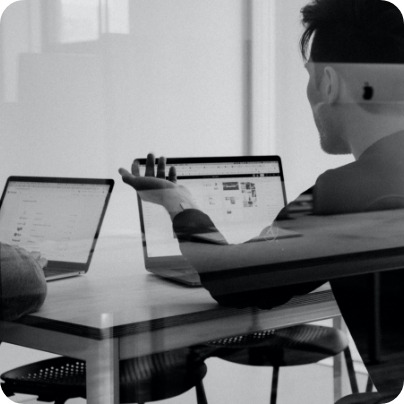
Service Management XLAs Uncategorised

Forms and flow… or smoke and mirrors
Continuing our series of reviews of our previous podcasts, highlighting the nuggets of brilliant advice and information they contain.
This week’s focus is on Matt Beran’s episode, on how an end user’s experience can build consistency across the piece.
Who is Matt Beran
Matt has been in service management since leaving college, and was with Service Now for many years, as a consultant before moving to IT Service Management vendor InvGate.
Put ESM on a pedestal
It is a question we often come back to – How far along is the industry in moving service management out of the domain of IT and into the larger organisation.
With his wealth of experience, Matt has worked for clients who understood that to achieve their objective, they had to join forces and work together.
“Even the term makes it obfuscated, it’s difficult to understand what it is. I’m all about breaking down those holy wars, you know, especially around the three letter acronyms.
“Put ESM on a pedestal – and make it more than it is” says Matt.
“All ESM is, is forms and workflow. Every department has a different flavour of that.”
Once again, we come back to the concept of the employee experience and often requires a ‘humble and curious’ leader who can take a holistic approach to listening to the groups involved.
Make it easy
It comes down to the organisation’s goals. Are they focussed on reaching targets and making the numbers fit? Or in times of a talent crunch, are they more about ensuring that the employee experience is enjoyable.
Matt says: “I can imagine the reality where someone doesn’t have to know the department that they’re going to, they just go to a system or a shared service centre, it doesn’t matter what department they’re in, they have a good experience on the form, they’re able to provide the details they can provide. And if there’s stuff they don’t know, they can save the form for later.
“All these little details are really the things that that have stopped us from implementing service management across the enterprise for so long.
“We we’ve just been so stuck in our ways that we haven’t stopped to really assess that employee journey and understand how might we deliver a better experience? How might we make it in such a way that they’re able to do it without thought and without training? Then it really helps”
The three-legged stool
That metaphor has been a mainstay for so long, going back to the early days of ITIL – People, process and technology, or platform.
So compare start-ups with more established companies.
“Where there’s just two people In a company, it’s all about people and the process and the platform, doesn’t necessarily matter as much, because it’s only two people.
“But once you get to, like 100 people, maybe the platform matters more. Now the processes matter more, they’re going to be more rigid, that leg is going to hold us up better, because we’re way more.
“So the stool needs to bear our weight, you can have a one legged stool, you can totally milk a cow with one legged stool, because you’ve got two legs.
“If you’re just a small company, you can use those two legs. But when you’re a big company, you don’t have the choice, no one’s going to put their legs out to try to save the company, so I think it makes sense to scale kind of like one leg at a time.”
The holy grail of service management
Obviously there needs to be some structure to whatever you decide to have as that front-facing interface, but the value is in making it intuitive.
“You can have a form. But if you don’t have it be flexible so that I can change this field to this field, because our organisation requires (it), then you’re stuck in the water.
“Your workflows need to be flexible, and your forms need to be flexible.”
We all know that self-service portals work well, but we can go to a deeper level.
Matt continues: “Facebook has spent billions of dollars researching their interfaces, why aren’t we using the UX, or the UI designers’ principles to copy other websites? Make your website look like other websites, because then people will just inherently know how to use them.”
Key Takeaways
Forms and workflows – at its essence, all ESM is, is forms and workflows. All departments have a variation of that – it is just about getting people together to find that common ground.
Make it easy – how can we improve the experience in such a way that employees can use systems intuitively, without the need for training.
There is power in talking and sharing – the more that we can hear and listen to each other and reflect, the better we will all be because we’ll know from each other’s experience, we’ll all be able to leverage the hive mind, so to speak.
Listen to Matt on the Enterprise Digital Podcast
Connect with Matt via X (formerly Twitter) @mattberan or find him on Linked In.
The Enterprise Digital Podcast is a regular discussion on all matters related to Enterprise Service Management and Digital Transformation. The hosts are Barclay Rae and Ian Aitchison, who share and discuss their thoughts on the converging worlds of technology, service management, people and management, business and corporate development, governance, automation and more… Regular guests will be invited to try and get a word in …
Listen to the podcasts on Apple Podcasts, Spotify and Google Podcasts.